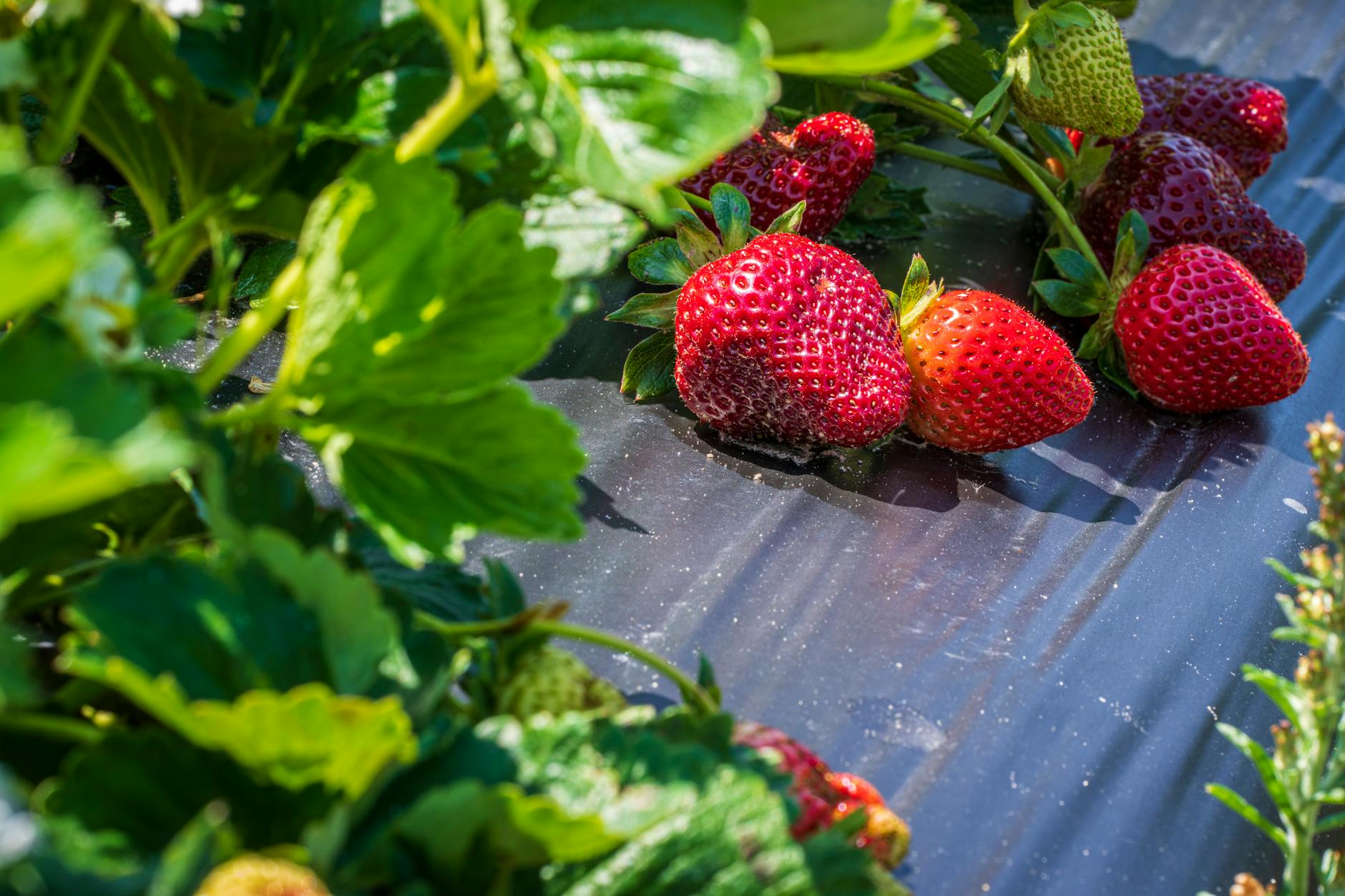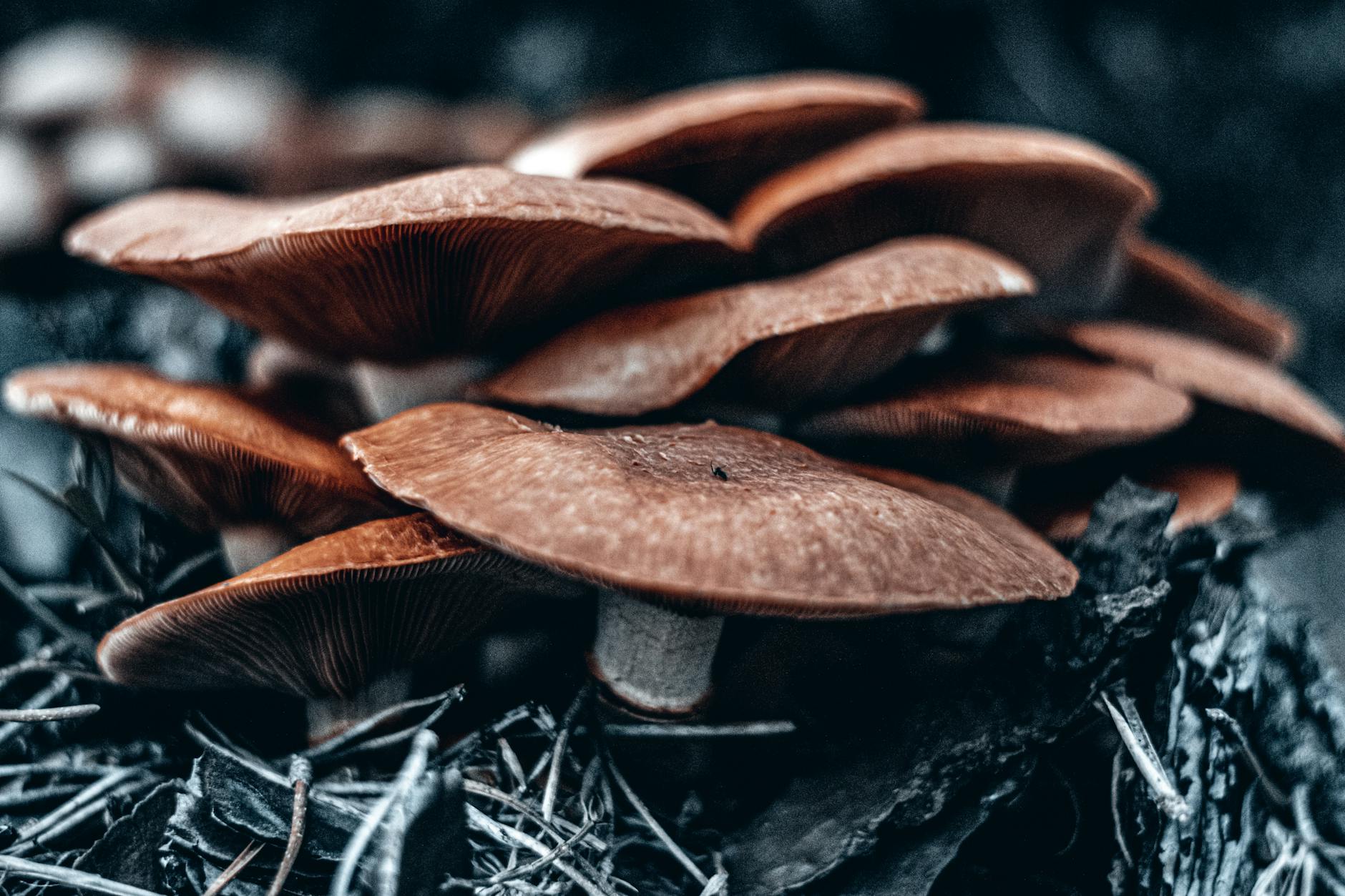When it comes to cultivating a thriving garden, many gardeners are turning to mushroom companion planting as a secret weapon for achieving bountiful harvests. Harnessing the power of symbiotic relationships between plants and fungi, this ancient farming technique offers a natural and effortless way to boost the health and productivity of your garden. In this article, we will explore the benefits of mushroom companion planting, highlight some popular mushroom varieties to integrate into your garden, and provide useful tips for incorporating this innovative gardening method into your own outdoor space.
Understanding Mushroom Companion Planting
Mushroom companion planting is based on the idea that certain fungi can form beneficial relationships with plants, helping them to absorb nutrients, ward off pests, and improve overall growth. By strategically planting mushroom varieties alongside specific vegetables, flowers, or herbs, gardeners can create a harmonious ecosystem that promotes biodiversity and resilience. This natural approach to gardening not only enhances soil health but also reduces the need for synthetic fertilizers and pesticides, making it an eco-friendly and sustainable choice for garden enthusiasts.
Benefits of Mushroom Companion Planting
One of the key benefits of mushroom companion planting is its ability to enhance soil fertility. Certain mushrooms, such as oyster mushrooms and shiitake mushrooms, are known for their capacity to break down organic matter and release nutrients that are essential for plant growth. By introducing these fungi into your garden beds, you can improve soil structure, increase nutrient availability, and support the growth of healthy, vibrant plants.
Additionally, mushrooms can play a vital role in pest management. Some fungal species produce compounds that repel or even parasitize common garden pests, helping to protect your crops naturally. By incorporating mushroom companion planting techniques, you can reduce the reliance on chemical insecticides and create a more balanced and resilient garden ecosystem.
Popular Mushroom Varieties for Companion Planting
– Oyster Mushrooms: Known for their versatility and rapid growth, oyster mushrooms are excellent companions for a wide range of plants. They can help break down organic matter and improve soil health while providing delicious mushrooms for culinary use.
– Shiitake Mushrooms: Highly prized for their rich flavor and medicinal properties, shiitake mushrooms are valuable additions to any garden. They can enhance the growth of plants like tomatoes and peppers and contribute to a healthy garden ecosystem.
Tips for Incorporating Mushroom Companion Planting
– Select the Right Mushroom Varieties: Choose mushroom species that thrive in your climate and soil conditions to ensure their successful integration into your garden.
– Plan Your Planting Layout: Consider the growth habits and space requirements of both your plants and mushrooms when designing your garden layout. Optimal spacing and placement can maximize the benefits of companion planting.
– Monitor and Maintain Your Garden: Regularly monitor the health and growth of your plants and mushrooms to address any issues promptly. Provide adequate water, sunlight, and care to ensure a flourishing ecosystem.
In conclusion, mushroom companion planting offers a sustainable and effective way to enhance the health and productivity of your garden. By harnessing the power of beneficial fungi, gardeners can create dynamic ecosystems that support plant growth, improve soil quality, and promote biodiversity. Whether you are a seasoned gardener or new to the world of companion planting, incorporating mushrooms into your garden can provide a multitude of benefits for both your plants and the environment. So why not give mushroom companion planting a try and watch your garden flourish with abundance and vitality.


